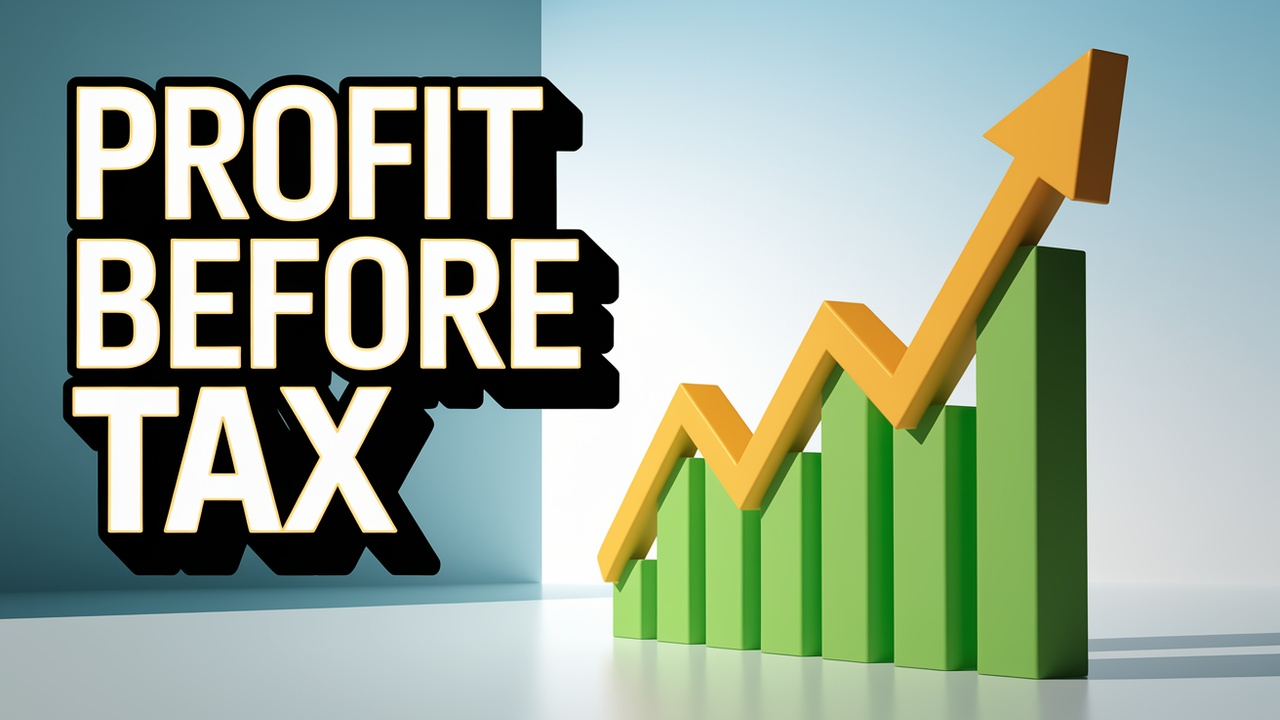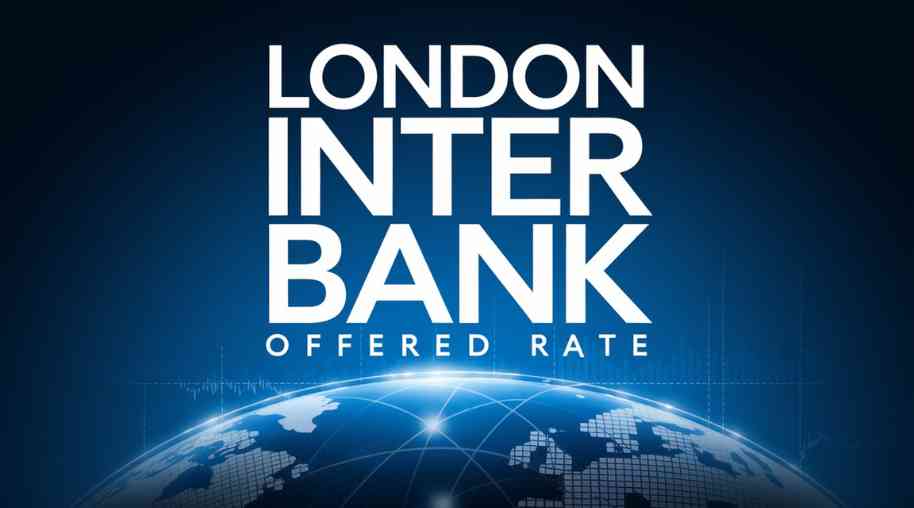PBT Full Form-Profit Before Tax
by Shashi Gaherwar
0 2098
Understanding Profit Before Tax (PBT): Meaning, Importance & Calculation
Profit Before Tax (PBT), or pre-tax profit, is a key financial metric that measures a company’s earnings before income tax deductions. It highlights operational efficiency and financial health, guiding investors and businesses in assessing profitability.

This article explores PBT’s meaning, calculation, importance, and role in financial decision-making.
What is Profit Before Tax (PBT)?
PBT is the profit earned after deducting all operational and non-operational expenses (except taxes) from total revenue. As a key income statement component, it reflects business performance independent of tax policies.
Formula for Profit Before Tax
The formula is:
PBT = Revenue - Cost of Goods Sold (COGS) - Operating Expenses - Interest Expense - Depreciation & Amortization
Importance of Profit Before Tax (PBT)
PBT is significant for:
- Performance Evaluation: Assesses expense management and revenue generation.
- Comparisons: Enables tax-independent company comparisons.
- Investor Insights: Highlights profitability before tax liabilities.
- Tax Planning: Aids in estimating and optimizing tax strategies.
- Financial Health: Positive PBT signals profitability; negative indicates challenges.
How to Calculate Profit Before Tax (PBT)?
Example:
Revenue: $500,000; COGS: $200,000; Operating Expenses: $100,000; Interest: $20,000; Depreciation: $30,000.
Steps:
- Gross Profit: Revenue - COGS = $500,000 - $200,000 = $300,000.
- Operating Profit: Gross Profit - Operating Expenses = $300,000 - $100,000 = $200,000.
- PBT: Operating Profit - Interest - Depreciation = $200,000 - $20,000 - $30,000 = $150,000.
PBT = $150,000.
Factors Affecting Profit Before Tax
Key influences include:
- Revenue Growth: Higher sales boost PBT.
- Operational Efficiency: Cost control enhances profit.
- Interest Expenses: High debt reduces PBT.
- Depreciation: Non-cash expenses lower PBT.
- Economic Conditions: Inflation or recession impacts revenue.
Difference Between PBT and Other Profit Metrics
PBT differs from:
- Net Profit: Post-tax profit, derived from PBT.
- EBITDA: Excludes interest and depreciation, unlike PBT.
- Gross Profit: Only deducts COGS, not other expenses.
Conclusion
Profit Before Tax (PBT) is a vital indicator of a company’s profitability and efficiency before tax considerations. By analyzing PBT, businesses can enhance tax planning, reduce costs, and make informed decisions, fostering sustainable growth and financial success.
Further Learning Resources
If you’re passionate about building a successful blogging website, check out this helpful guide at Coding Tag – How to Start a Successful Blog. It offers practical steps and expert tips to kickstart your blogging journey!
For dedicated UPSC exam preparation, we highly recommend visiting www.iasmania.com. It offers well-structured resources, current affairs, and subject-wise notes tailored specifically for aspirants. Start your journey today!

Share:








Comments
Waiting for your comments